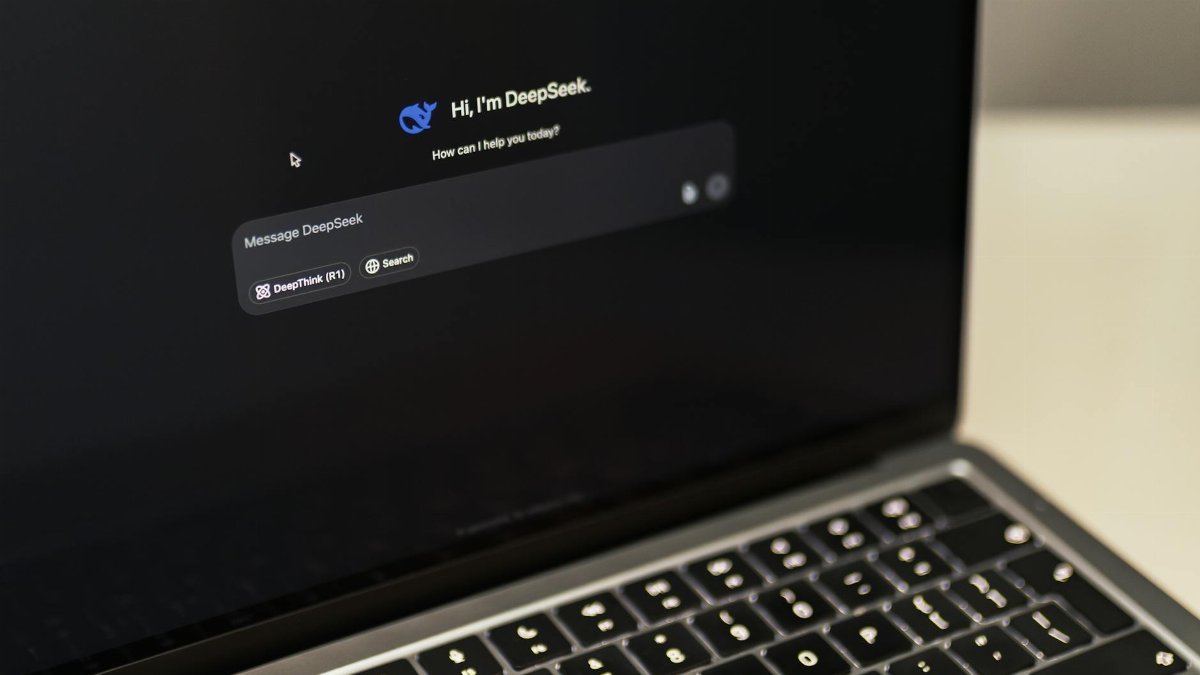AI tax loss harvesting is causing a major shift in personal finance this year. This cutting-edge tech uses algorithms to identify and sell underperforming investments at a loss, offsetting capital gains and slashing tax bills. It’s a game-changer for investors looking to maximize returns without the headache of manual number-crunching. As more Americans turn to digital tools in 2025, this automated strategy is gaining traction fast. But how does it really work, and is it right for everyone? Let’s break down the essentials.
What Is AI Tax Loss Harvesting?

At its core, AI tax loss harvesting is a strategy where artificial intelligence scans an investor’s portfolio to spot securities that have dropped in value. It then sells those assets to realize a loss, which can offset taxable gains elsewhere. The tech reinvests the proceeds into similar assets to maintain market exposure. Unlike traditional methods, AI does this in real time, analyzing vast data sets for optimal timing. It’s a hands-off approach that’s catching on with tech-savvy investors.
Why It’s Gaining Popularity

Tax loss harvesting isn’t new, but AI supercharges it. Manual harvesting takes time and expertise—something most individual investors lack. AI platforms, on the other hand, automate the process, making it accessible to the masses. With capital gains taxes biting harder for high earners in 2025, more people are seeking ways to minimize their liability. Robo-advisors and fintech apps are stepping in, offering AI-driven solutions at a fraction of a financial advisor’s cost.
How AI Spots the Right Losses

AI doesn’t just guess—it analyzes. These systems track market trends, historical data, and individual portfolio performance to pinpoint losing investments. They also account for “wash sale” rules, which prevent investors from claiming losses if they buy back the same asset too soon. By crunching numbers faster than any human could, AI ensures compliance while maximizing tax benefits. Some platforms even predict future losses based on market volatility, staying one step ahead.
Who Benefits Most From This Tech?

High-net-worth individuals and active traders get the biggest bang from AI tax loss harvesting. They often have complex portfolios with frequent trades, leading to hefty capital gains. But it’s not just for the wealthy—middle-class investors with taxable accounts can also save. However, those with mostly tax-advantaged accounts like IRAs won’t see much impact, since losses in those accounts don’t offset taxable gains. Knowing your financial setup is key before diving in.
The Role of Robo-Advisors

Robo-advisors like Wealthfront and Betterment are leading the charge in AI tax loss harvesting. These platforms integrate the tech directly into their services, often at no extra cost for premium users. Wealthfront, for instance, claims its harvesting feature can boost after-tax returns by up to 2% annually for eligible clients, according to their internal studies ( Wealthfront Research ). For small investors, this automation levels the playing field against Wall Street pros.
Potential Risks to Watch

AI isn’t foolproof. Over-harvesting can disrupt long-term investment strategies by selling assets too soon. There’s also the risk of tech glitches or miscalculations, though rare. Plus, the IRS keeps a close eye on tax loss harvesting—AI or not—to prevent abuse. Investors must ensure their platform follows regulations. A 2023 report from the IRS noted increased scrutiny on automated tax strategies ( IRS Newsroom ), a trend likely continuing into 2025.
Cost vs. Savings Breakdown

Most AI tax loss harvesting tools come baked into robo-advisor fees, typically 0.25% to 0.40% of assets under management. For a $100,000 portfolio, that’s $250 to $400 a year. The savings, though, can outweigh the cost—especially for high earners in the 20% capital gains bracket. A $10,000 harvested loss could save $2,000 in taxes. Investors need to weigh if their portfolio size and tax situation justify the service fees.
Getting Started With AI Tools

Ready to try it? Start by choosing a platform—look for one with transparent fees and a strong track record. Betterment and Wealthfront are popular, but traditional brokers like Fidelity are also rolling out AI features. Link your taxable investment accounts, and let the system scan for opportunities. Monitor results quarterly to ensure the strategy aligns with your goals. It’s low-effort, but not zero-effort—staying informed is still crucial.

With a career spanning investment banking to private equity, Dominik brings a rare perspective on wealth. He explores how money can be a tool for personal freedom and positive impact, offering strategies for abundance that align with your values.
Disclaimer
The content on this post is for informational purposes only. It is not intended as a substitute for professional health or financial advice. Always seek the guidance of a qualified professional with any questions you may have regarding your health or finances. All information is provided by FulfilledHumans.com (a brand of EgoEase LLC) and is not guaranteed to be complete, accurate, or reliable.
